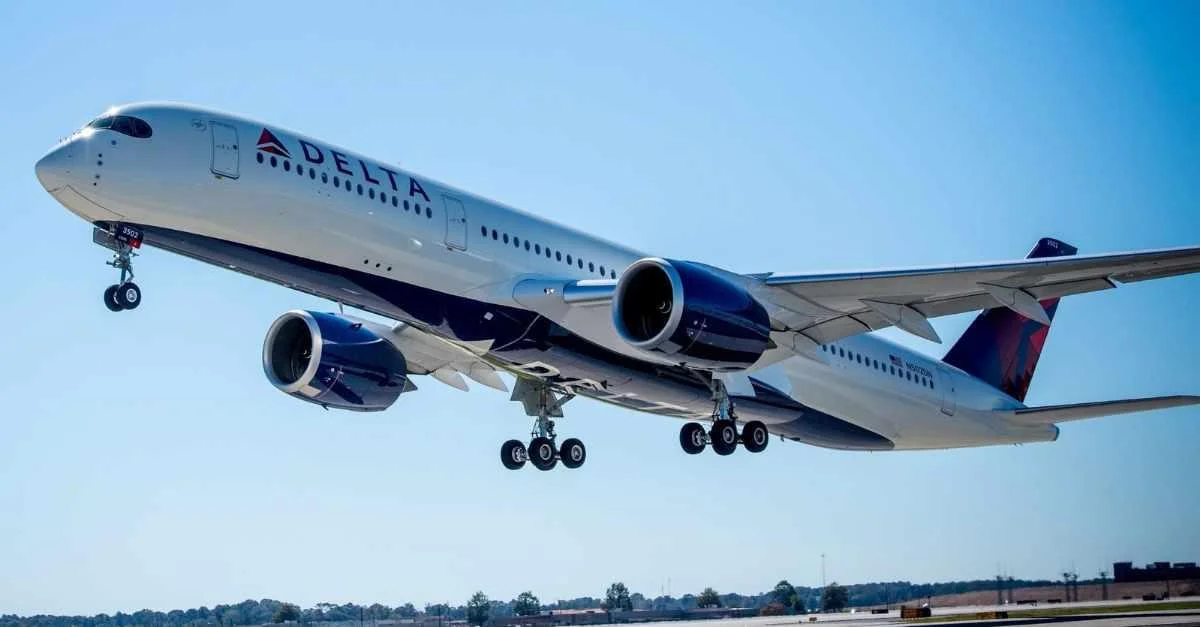The PA-20 Pacer, developed by Piper Aircraft, was introduced in 1949 as an early model aimed at reducing costs. Over 1,100 units were sold between 1950 and 1954. The PA-22 Tri-Pacer followed, featuring a shift to tricycle landing gear that facilitated easier and safer flying. This model saw greater success, with over 9,400 units produced until 1964.
Piper Aircraft Company began as Taylor Brothers Aircraft Manufacturing Company in 1927. William Piper took control in the 1930s and reorganized it to produce low-cost aircraft like the E-2 Cub. The company continued developing new models using existing designs to remain competitive post-WWII.
The PA-20 Pacer derived from earlier models such as the PA-15, PA-16 Clipper, and PA-17 Vagabond. It retained a steel fuselage and high wings while offering increased fuel capacity and revised control elements. It included flaps and a control yoke instead of center sticks found in previous models.
 Alerts Sign-up
Alerts Sign-up























